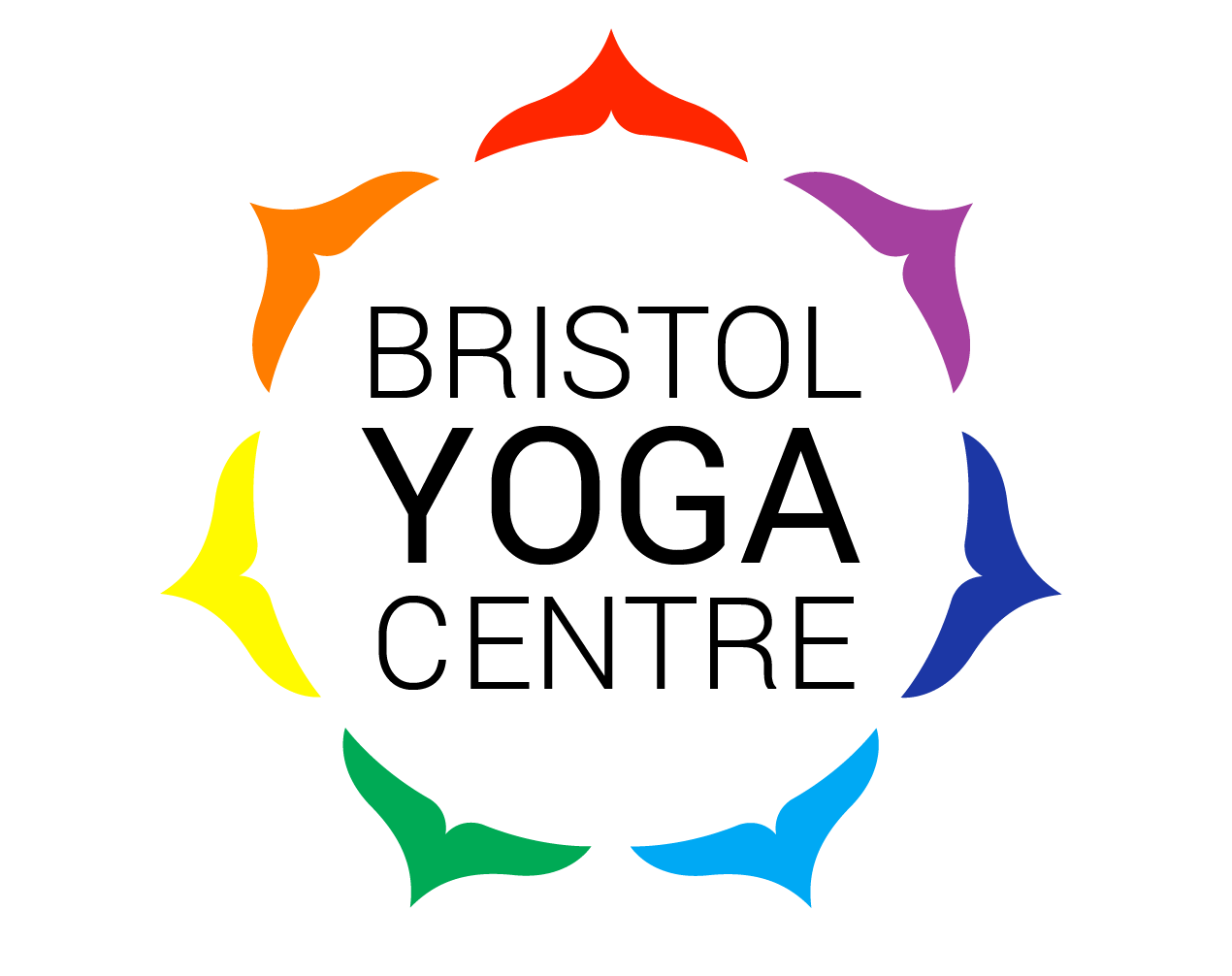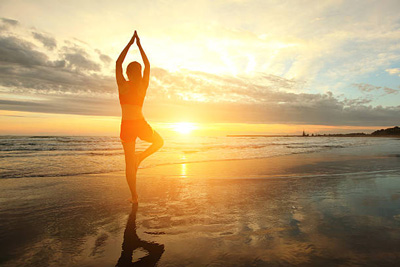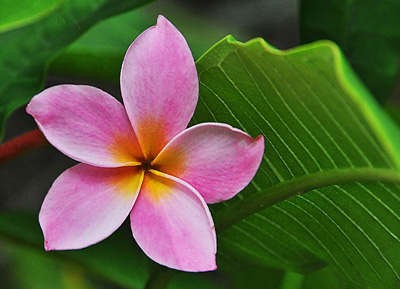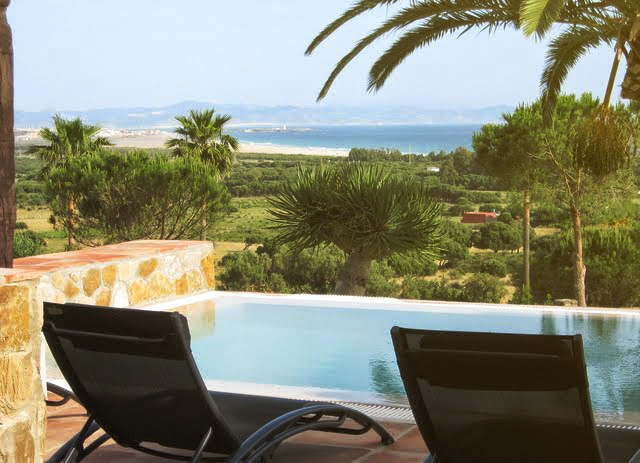Yoga retreat season is on its way now that spring has arrived! I’ve found the following benefits from attending and teaching at a yoga retreat.
1. Improve Yoga Practice
In yoga retreat, you’re usually offered two daily classes: more energetic class in the morning and restorative/meditative session in the evening.
Because there is more time available, you will get to learn lots of new techniques and improve your practice. As one of my yoga students from last year’s retreat said, ‘"It was fantastic to have so much time to explore different yoga practice which normally there would not be time for in a weekly class’.
By practicing yoga everyday, you’ll be able to see the benefits more clearly and often people get inspired to carry on regularly after the retreat.
Some people worry that it might be too much practice in a retreat but our yoga schedule is carefully constructed so that everyone can participate. As Lorna explained, "The yoga was so good for me, I had expected to be at a loss, after not doing it for so long, but your excellent way of teaching reminded me what an important and restorative thing it is to do ". Lorna told me that the retreat has inspired her to find a regular yoga class once she got back home.
2. Stay in a beautiful place
Yoga retreats are usually located in beautiful locations and they are selected for their peaceful and relaxing vibe. It’s really important for our health and wellbeing to allow some time to relax and rejuvenate. What better way than to do yoga every day in lovely surroundings to really appreciate the nature around you.
Practicing yoga outside is simply magical and there can even be spectacular views from the practice area. It makes learning meditation and relaxation techniques much easier in these settings. There will be plenty of time for people to relax and simply enjoy being there too!
3. Eat healthy food
We often end up eating lots of rich heavy food while we are on holiday but in a yoga retreat, you’ll get a healthy balanced diet that’s nutritious and delicious. In fact, it’s often the talking point of the retreat as the food tends to be so wonderful. Meals are lovingly prepared using fresh local ingredients or from their own organic gardens! They are exceptionally good at accommodating different dietary requirements too.
It’s wonderful to be able to eat outside with everyone.
4. Make new friends
Yoga holiday is a great opportunity to meet like minded people and make new friends. In my last yoga retreat, people were from different age groups and backgrounds but they all got on so well with each other. We had brilliant time together at meal times and on trips but seem to instinctively respected each other’s space too. Some of them have kept in touch with each other and still go climbing together!
5. Feel energised and relaxed
Every time I‘ve been on a yoga retreat, I've felt incredibly energised and noticed everyone with a healthy glow! I think its combination of healthy delicious food, beautiful surroundings, daily practice and good company. As Robina and Carolyn similarly expressed, "Thank you for such a memorable week. We've loved every minute - the yoga practice in a perfect setting, amazing food and wonderful company. We hope you organise another retreat next year!".
Bristol Yoga Centre have organised two wonderful yoga retreats this year and written this blog to entice you to come along! Our retreat in May is now full but we have spaces in our lovely retreat in South West of France in June!























